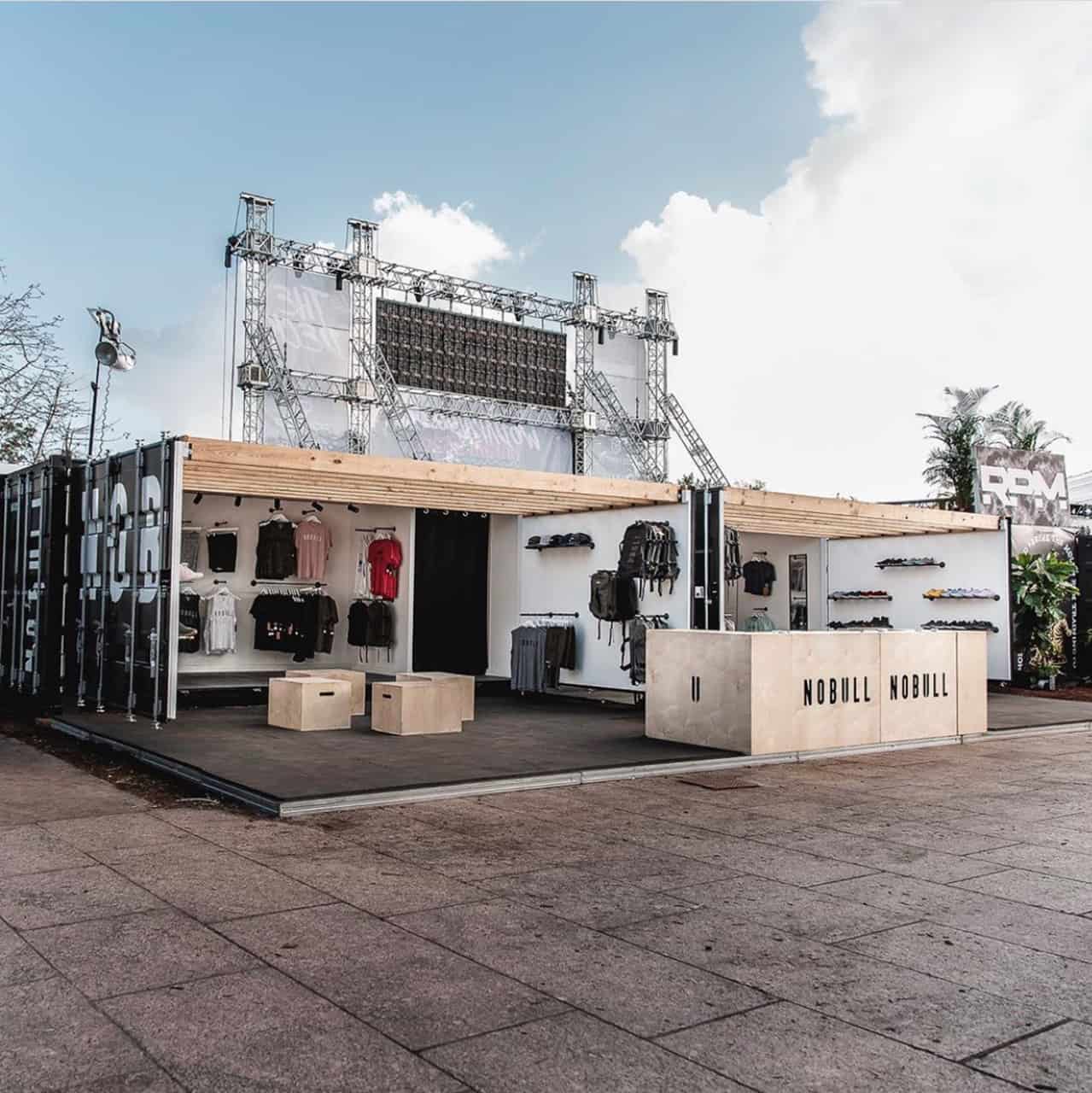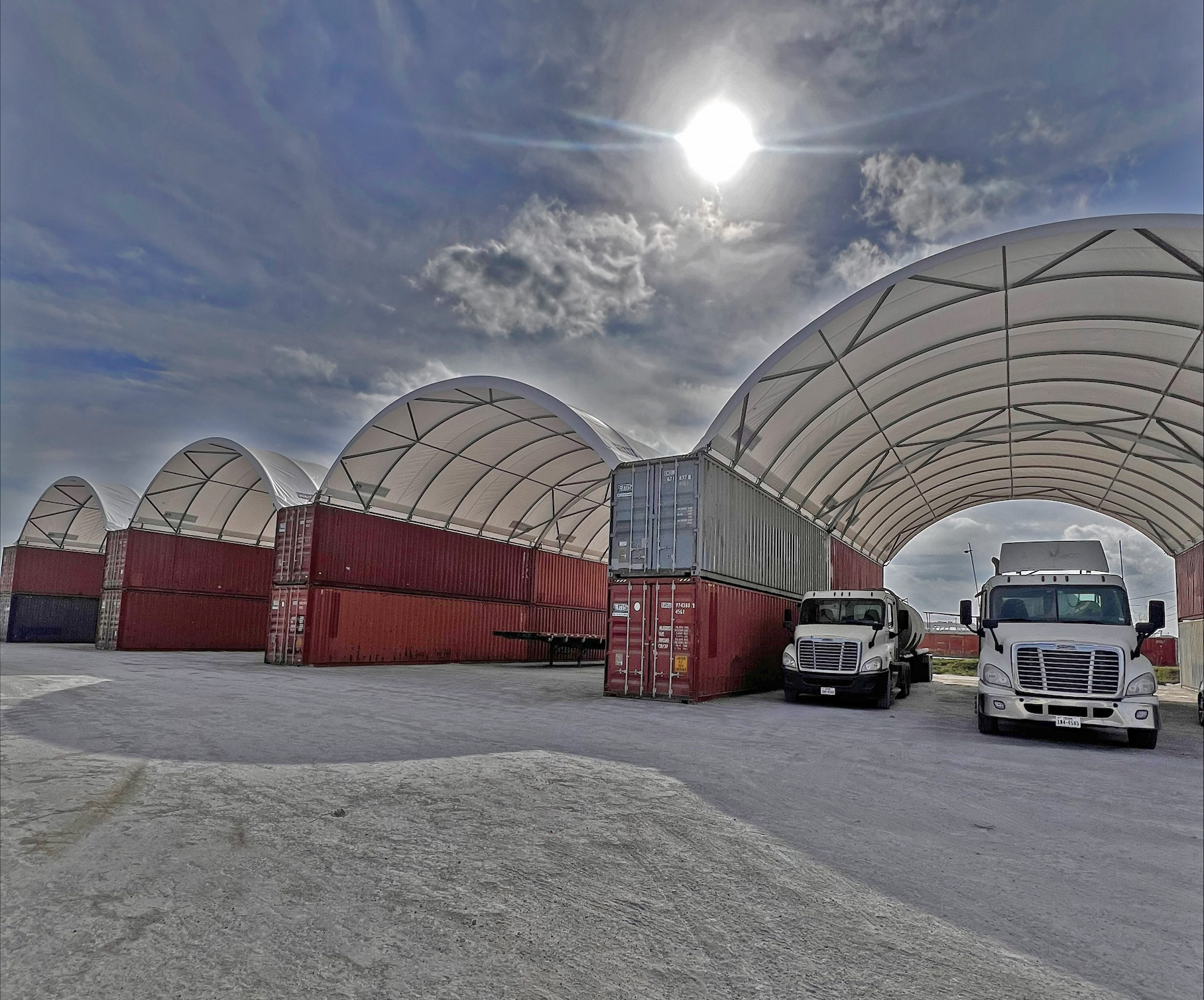Shipping container homes and offices are all the rage nowadays, and for very good reasons. Not only are they aesthetically functional, but they’re also very cost-efficient and practical. Because of its trendy appeal, it’s no wonder that shipping containers are now in very high demand.
People who want to be more environment friendly should consider building homes from used shipping containers for sale. To ensure the used container is fit for purpose, check these important elements.

Shipping History
You need to know what types of cargo had been shipped on a used container mainly for health reasons. Try to steer clear of containers which have been used to ship toxic materials, such as dangerous chemicals. In this case, although you may not see any apparent hazards, it’s better to err on the side of caution.
It will also be hard to live or work in a container that has been used to ship fresh seafood or other perishable goods either. There could be strong and foul odors that would be difficult to air out or remove. Knowing what’s been in it, therefore, can also give you a clear idea of its quality or status.
The age of the container also matters. Older ones, especially those used often for shipping overseas, tend to have a lot more wear and tear. It may be well-maintained, but its age makes it a lot more vulnerable to damage that will require patching up. Take this factor into consideration as well because once you buy it, maintenance is going to be your responsibility.
Rust and Corrosion
Used containers, especially those which have crossed oceans, can be expected to have some wear and tear and a bit of corrosion. What you have to be wary about when checking out used containers are signs of advanced degradation and spread of rust and corrosion on the body, the walls, and of course, the roof. If it’s in the early stages it would be rather easy to remedy. In other instances, the corrosion would have become so severe such that there are already holes through the container’s body. This can still be sealed, though, depending on how big the hole is, so long as it’s not so extensive that it compromises the integrity of the structure.
Dents
Dents, especially on the roof, can cause damage by collecting rainwater, which can then lead to rusting and corrosion. It could also lead to mold and fungi growth, which is also why quality insulation is crucial. As condensation occurs, the material becomes susceptible to the growth and spread of the mold and fungi, eventually affecting the overall quality of the container structure.
The other section where dents could be damaging is along the door frame. With dents, the doors of the container may not open or close properly. It could also become an entryway for rainwater, insects, and rodents, among others.
When going out to look for possible used shipping containers to purchase, take a professional inspector with you. They would be in the best position to give you advice as to what to expect, what to look for, and what possible remedies you can do given the problem. Also, don’t hesitate to ask them questions especially if you have any particular intention for usage or design. They can help assess and figure out if it’s going to be possible given the structure and composition of the container unit, as well as the problems you can expect to have if you do implement your plans. Having a professional will help you get answers to your concerns much faster, and allow you to make a well-informed decision regarding your purchase.
Dealing with reliable and trustworthy suppliers such as Equipment Management Services will make it much easier to find the used containers that match your needs perfectly.
Sources
How to Buy a Second Hand or Used Shipping Container for Storage, ebay.co.uk
Used Shipping Container Buying Guide, ezinearticles.com









